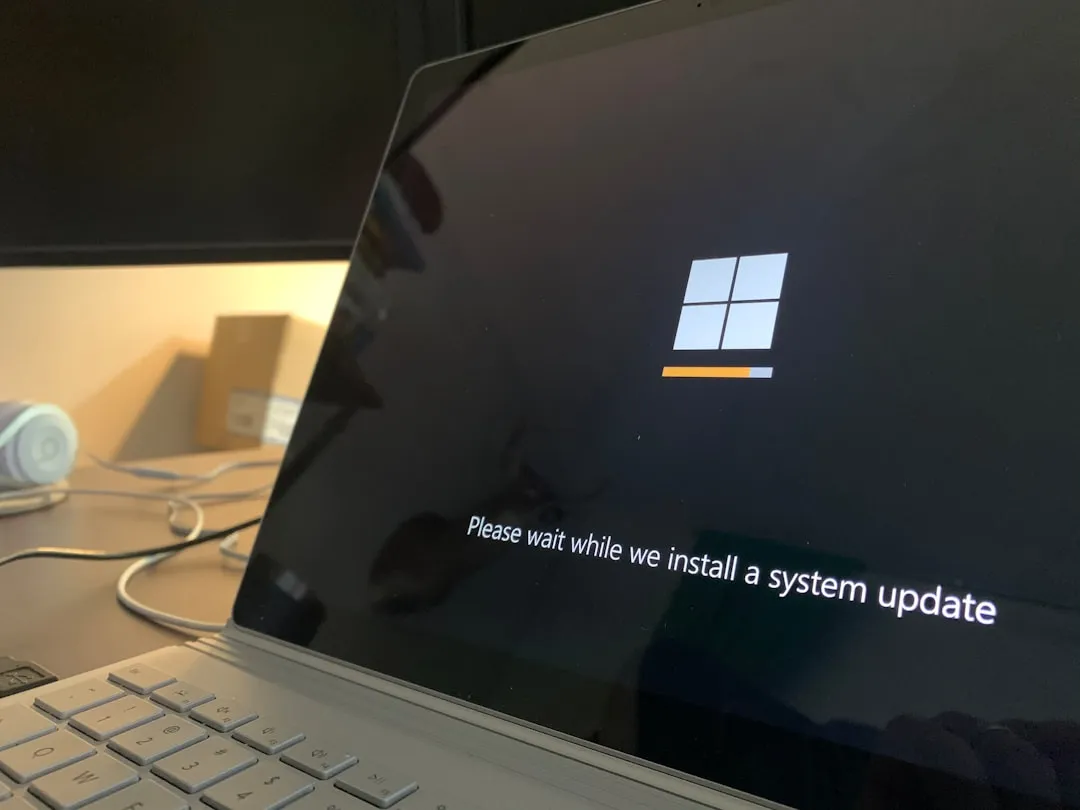When Microsoft's cloud empire stumbles, the ripple effects are felt across the global digital landscape. That is exactly what happened on October 9, 2025, when a significant service disruption brought down critical Microsoft 365 services, leaving organizations worldwide scrambling for answers. The outage affected core infrastructure including the admin center, authentication services, and Microsoft Entra ID, essentially creating a digital traffic jam that prevented users from accessing the tools they depend on daily. Microsoft confirmed it was investigating widespread reports of users unable to reach these essential services, with the scope extending far beyond simple connectivity issues to affect fundamental business operations.
What went wrong: Azure Front Door takes center stage
The investigation quickly zeroed in on a specific culprit that many organizations had probably never heard of, but absolutely depend on. Microsoft's engineering teams identified an issue within the Azure Front Door service as the primary cause of the widespread disruption. Think of Azure Front Door as the traffic controller for Microsoft’s global web applications, keeping requests moving to the right servers. When AFD faltered, it set off a chain reaction that rippled through multiple services. Cloud is connected, sometimes painfully so.
The technical details show how complex the problem was. Microsoft's investigation focused on the load-balancing infrastructure that distributes network traffic across servers. What makes this particularly concerning is the scale. The company detected significant capacity loss across roughly two dozen Azure Front Door environments (significant capacity loss reported in EMEA regions), which turned a single fault into a global headache.
The root cause investigation flagged something familiar to anyone who runs large systems. Microsoft's engineering teams were reviewing recent changes made to the AFD environment that may have inadvertently triggered the disruption. Even routine updates can have far-reaching consequences when they touch core traffic management. The dependency chain between AFD's load-balancing functionality and authentication services meant that when traffic routing failed, it did not just slow things down. It effectively locked users out of the entire Microsoft 365 ecosystem.
The authentication nightmare unfolds
Beyond the infrastructure issues, users faced a particularly frustrating authentication crisis that struck at the heart of modern workplace productivity. Microsoft's Entra single sign-on authentication system experienced significant disruptions, blocking access to critical applications across the platform. This was not just about being unable to check email. It was being locked out of the digital workplace entirely.
The failures compounded in ways that made troubleshooting maddening. Multi-Factor Authentication messages were failing to reach users trying to sign in, turning a security safeguard into a wall. And when people refreshed the page, they encountered generic error messages like "We are sorry, something went wrong. Please try refreshing the page in a few minutes" for Microsoft Teams and Exchange Online. Not exactly helpful.
Here is what made the authentication failure so devastating: the failure within AFD was having a cascading effect, contributing to the wider impact on services that use Entra ID. When Azure Front Door could not reliably route traffic to authentication servers, those servers could not process login requests, which meant that even if individual Microsoft 365 services were technically up, users could not get past the front door to access them. One crack, many breaks.
Beyond email: The full scope of impact
While email disruptions grab headlines, this outage showed how deeply Microsoft's services are woven into daily business. The disruption affected essential platforms including Microsoft Teams, Azure, and even Minecraft. It went further. Issues were reported across all Microsoft Power Apps, including SharePoint and Microsoft Dataverse, cutting into collaboration, automation, and data workflows.
The timing could not have been worse for organizations that lean on cloud-based tools. Companies relying heavily on Microsoft 365 for daily operations experienced periodic and frequent disruptions that hit productivity across multiple functions. Picture this: employees locked out of SharePoint files, Teams meetings stuck in limbo, Power Apps processes frozen, and Dataverse-backed systems timing out, all at once.
Microsoft committed to providing updates on the situation at 5:30 PM GMT+5:30 on October 9, 2025, as engineering teams worked toward a fix. For organizations mid-project, those hours of uncertainty felt much longer. What began in Azure Front Door turned into a business continuity crisis that touched multiple layers at the same time.
The bigger picture: A pattern emerges
Here is the part that stings, this outage is part of a pattern that invites hard questions about cloud reliability. Microsoft Teams suffered file sharing outages earlier in 2025, and administrators with business and enterprise subscriptions struggled to access the admin centre during a July disruption. Earlier in the year, Microsoft had to mitigate another MFA outage in January that blocked access to Office apps.
The technical throughline is hard to ignore. Multiple incidents this year shared familiar traits, authentication failures, traffic management problems, and cascading effects that turned local issues into global disruptions. The January MFA outage, the July admin center trouble, and the October AFD failure point to a weak spot in the control-plane infrastructure, the systems that manage and coordinate access across the cloud ecosystem.
The frequency and similarity of these outages suggest deeper structural challenges in how dependencies are designed and maintained. If you see similar failures multiple times in one year, it is fair to question whether the architecture fits the scale and criticality of the workload. Tight coupling turns a component hiccup into an ecosystem outage. We have seen that story before, now with bigger stakes.
What this means for your organization
The October 9 outage is a wake-up call for teams that stacked their digital lives entirely on Microsoft’s cloud. While the company was actively working on mitigation strategies to restore service, the incident exposed how vulnerable businesses become when a single control point, like AFD, goes sideways.
Microsoft's analysis of extensive diagnostic data shows both a serious engineering response and the sheer complexity of debugging issues that cross services and regions. When problems cascade, even finding the cause is a marathon.
The lesson is not that cloud is unreliable. In most cases it is more reliable than building everything yourself. The lesson is that even sophisticated systems stumble, and when they do, contingency planning is not optional. The cascading effect from Azure Front Door amplified the blast radius in ways traditional disaster recovery plans might not cover.
As dependence on cloud productivity grows, the question is not whether outages will happen, it is how ready you are when they do. The organizations that ride out events like this invest in redundancy, alternative communication channels, and incident playbooks that do not hinge on a single provider being perfectly stable. I would bet we see more focus on change management and dependency isolation after this.
Bottom line: this outage was a stress test that many organizations failed, not because they were careless, but because they did not plan for cascading failures across multiple service layers at once. The next time it happens, and there will be a next time, the teams that learn from this will keep moving while competitors are still staring at a spinning sign-in screen during a control-plane failure.

























Comments
Be the first, drop a comment!